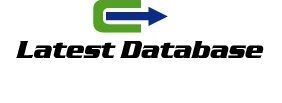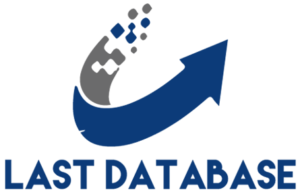Google Analytics is an essential tool for marketers looking to understand how users interact with their websites and digital content. By leveraging its insights, marketers can make data-driven decisions that improve content strategy, enhance user experience, and ultimately boost conversions. However, many marketers struggle to use Google Analytics to its full potential. This article will guide you through key tips to use Google Analytics effectively in your content creation efforts.
Set Up Clear Goals and Track Conversions
Before diving into reports and data, it’s crucial to establish clear goals within Google Analytics. Goals can include newsletter signups, product india phone number list purchases, or time spent on a page. Setting up conversion tracking allows you to measure whether your content is successfully driving desired actions.
Use the Goals feature to define what success means for each marketing campaign. For example, if you want readers to download an ebook, set a goal to track visits to the download confirmation page. Tracking these goals provides clarity on which pieces of content generate the most valuable engagement and ROI.
Analyze Audience Behavior to Tailor Content
Google Analytics offers detailed insights about your audience, including demographics, interests, geographic location, and devices used. Understanding who your audience is helps you create content that better resonates with their preferences and needs.
Review reports like “Audience Overview” and “Demographics” to gather data on age groups, gender, and interests. This data can inform decisions such as writing blog posts on topics that match user interests or optimizing content for mobile users if the majority of your traffic comes from smartphones.
Additionally, use behavior flow reports to see how users navigate your site. Identify which pages keep visitors engaged and which cause them to exit. This helps you optimize content placement and improve user pathways.
Use Acquisition Reports to Understand Traffic Sources
Not all traffic is equal. Knowing where your visitors come from enables you to tailor your content strategy accordingly. Google Analytics’ Acquisition reports show traffic sources such as organic search, social media, email campaigns, or paid ads.
If a significant portion of your visitors the world of knowlge and new arrive via social media, focus on creating shareable, visual content suited for those platforms. Alternatively, if organic search drives most traffic, prioritize SEO-focused content with targeted keywords.
By tracking referral traffic, you can also.
Leverage Behavior Metrics to Optimize Content
Engagement metrics such as average session duration, bounce rate, and pages per session reveal how well your content holds visitors’ attention. A high bounce rate or low session duration might indicate that the content is not relevant or easy to consume.
Identify top-performing content by taiwan lists checking the “Landing Pages” report. Analyze what works well in these pages—whether it’s the format, topic, or style—and apply those insights to other content pieces.






